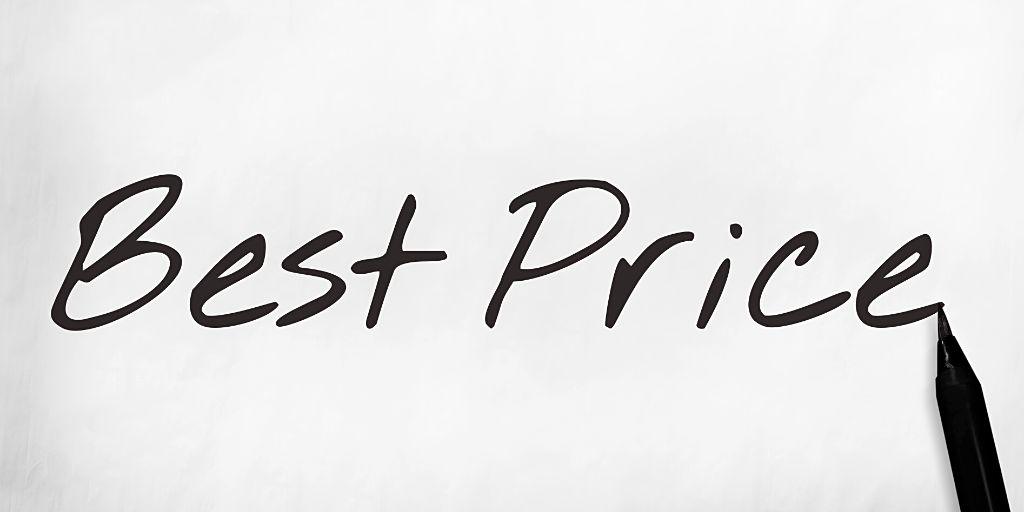
How to set the RRP for your products
07/28/2022 - Pricing strategy
Setting recommended retail prices is an essential task for pricing strategists. Even in dynamic pricing strategies, setting the base price for each product is extremely important. Later you can set the maximum and minimum limits between which each selling price can fluctuate. Do you know how to set the best retail price for each of your products?
What factors influence your products’ retail prices?
When calculating the base retail price for your products, you should consider all the aspects that influence how you define them. This price is intended to cover the costs of sale to you, while maintaining a high enough profit margin to ensure that your business is profitable.
8 factors you should consider when setting your products’ prices:
- Production costs. This works out how much production, operation and logistics processes cost the company, as well as storage costs for each item for sale.
- Profit margin. Each product type handles different margins within the market. This stipulates the variable profit you can apply to your products to maintain competitiveness and make the business profitable.
- Elasticity of demand. Products in your catalogue can come up against seasonal peaks in demand. There will also be seasonal lows when consumers don’t want or need the products. By interpreting your catalogue’s demand curve, you can use juicier prices to make the most of the competitive advantage granted by high demand. It will also help you eek out minimum sales at times when forecasts are lower.
- Market competition. Knowing the role your brand plays in the marketplace is also crucial. Are you the only one selling a particular product? Do competitors have any advantage due to their business model? Over and above margins, your role in the market will shape your products’ prices.

- Limited stock and supply. When supply of raw materials is limited and/or there are not many solutions on the market like those provided by your product, the item’s value rises in the context of the market. Bear this in mind to maximise profit on each sale.
- Added value Does your product offer something unique? You can increase your profit margin if you create a sense of added value, exclusivity, or luxury. Users are more predisposed to pay higher prices with this type of goods and products. Even slightly inflated prices will be perceived as a positive thing.
- Inflation. What extra costs do you have to cope with in your business? Apportioning them by product type is a good strategy to avoid inflation-based pricing. Consider what the percentage applied should be, and what the impact on sales may be.
- Taxes and administrative costs. Finally, add any taxes that you have to apply to comply with the law, or any costs of sale that you must absorb yourself, to the price you calculated.
Calculating these retail prices is essential to protect the profitability of your business. Traditionally, this is a manual operation, but if you want it to be always up to date, you need a tool to help you automate the process. A price intelligence tool such as Reactev allows you to manage your prices dynamically, taking advantage of the market and how it changes all the time. It will also give you confidence that you’re pricing the right way for your business with its data intelligence processes. Claim your trial now and get the best prices for your products!
Category: Pricing strategy
